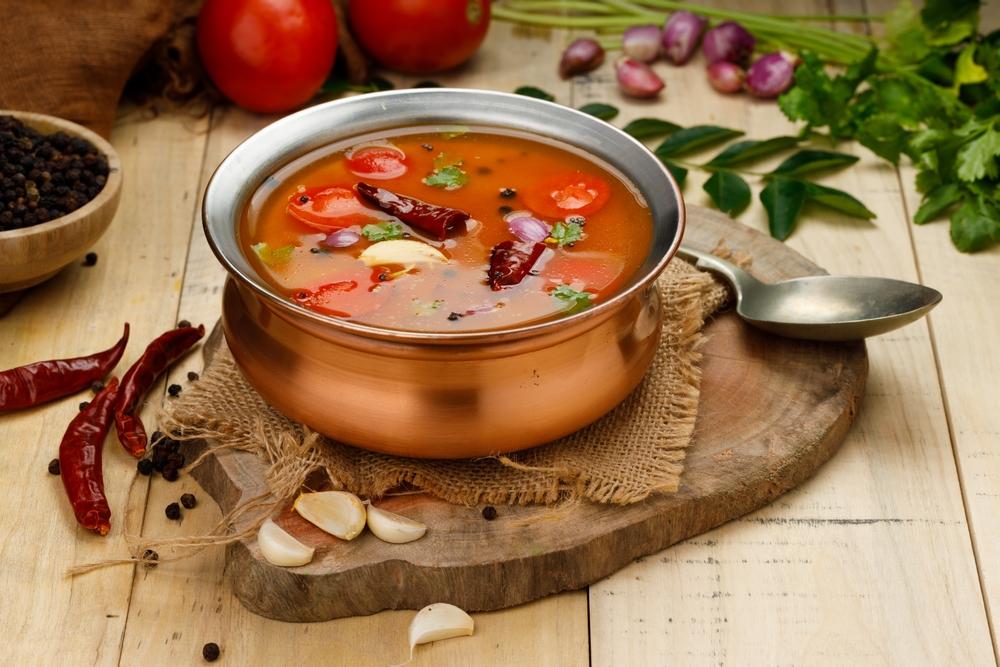If we needed more evidence that American society is in decline, consider how little respect we give lentils. Pound for pound, these legumes quietly deliver more nutrition to more people than anything else growing on earth.
One serving of these lightweight beans contains twice the antioxidants of blueberries; about half your daily fiber needs; loads of folate, iron, and other minerals; and more protein than any plant except soy. Being legumes, they can grow in marginal soils, and they improve the soils with each planting.





